Are you looking into building bigger, more toned and stronger arms?
If yes, we guess that you regularly practice the classic biceps curls in the weights room. But have you ever tried the reverse bicep curls? Do you know how to do reverse bicep curls correctly?
In this article, we’ll dive deep into the reverse bicep curls which can help you get more defined and powerful arms.
First and foremost, you must know that resistance training is important for improving athletic performance as it allows the increase of muscular strength, power and speed. It plays a key role in inducing muscle hypertrophy.
A well-known resistance training exercise for the upper limbs is the biceps curl where the barbell is gripped with palms up. It has been used for measuring fitness and training, and is considered an important dynamic exercise involving concentric and eccentric movements of the upper limbs.
Curls result in a considerable neuromuscular effort throughout the whole elbow range of motion and, thus, is beneficial to the improvement of biceps brachii force in training programs.
What is a Reverse Bicep Curl?
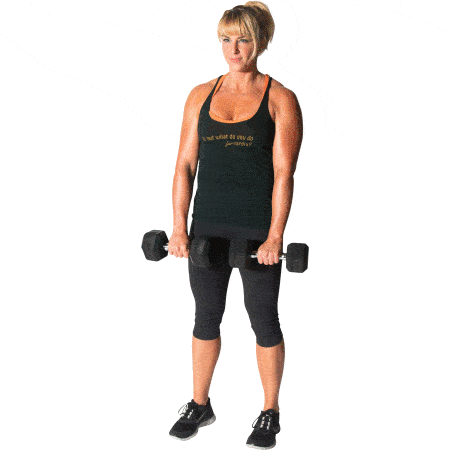
The most known variation of bicep curl is the reverse bicep curl where the palms are faced downward while holding a barbell, EZ-curl bar or dumbbells instead of facing the palms upwards and towards you in a classic dumbbell biceps curl.
This position can make you uncomfortable to start with, but this shift from a supinated grip to a pronated grip is more isolating and restrictive than a pronated grip and thus will engage the forearm and brachialis muscles more.
Muscles Targeted
During the reverse curl, the biceps brachii and brachialis are the main muscles targeted. This variation of the biceps curl is considered the most effective exercise to target an underdeveloped brachialis muscle, which is hidden under the biceps.
How to Perform the Reverse Bicep Curl Correctly?
This intermediate exercise can be performed at the gym or even at home with the following simple steps:
Preparation
Stand with your feet and hands shoulder-width apart and hold the barbell firmly with your palms facing down (pronated grip).
Execution
While holding your upper arms still, curl the dumbbell toward your shoulders by bending your elbows and contracting your biceps effectively.
Lower the barbell slowly with control to the start position.
Repeat the exercise.
USE OF EQUIPMENT
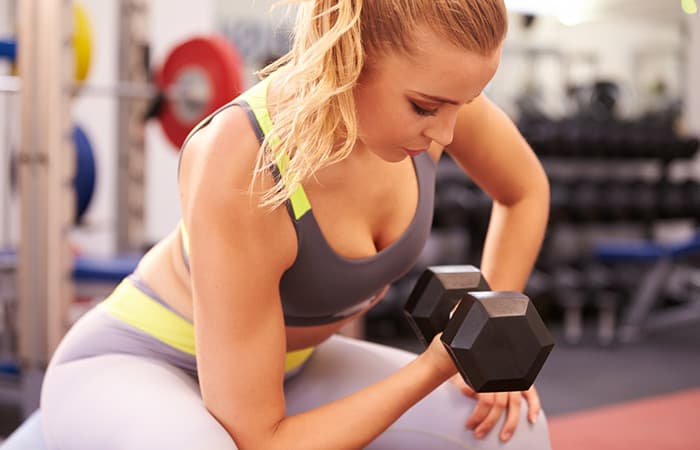
Machines
Bicep curl machines and cable curls are safe to use and easy to learn. They give a higher stability for beginners.
However, some limitations can restrict the grip or foot angles/widths. Also, it can be difficult to accommodate different height, weight, and limb length of each individual.
Free Weights
Free weights can be used freely in any direction. Free weights that we can use to perform reverse biceps curl include barbells, dumbbells, plates.
This type of equipment can be accessible at home because it is less expensive and also requires less maintenance than machines.
It stimulates the balance and coordination more effectively and requires greater activity of the antagonist and stabilizer muscles to support the body.
However, due to the greater stabilization requirements, free weights may potentially pose a greater risk of injury.
Benefits of Reverse Biceps Curls
Wondering if reverse bicep curls are worth to be included in your workout plan? Well, the following explains various benefits of this amazing workout that will surely convince you:
Performing reverse biceps curl helps with the building of biceps thickness and brachialis size. Adopting pronated curls even improve the strength of your grip by reinforcing the forearm muscles and reduce injury risks.
This variation will also help you improve the balance between the flexor and extensor muscles as well as decrease elbow pain.
Reverse bicep curl is considered as the pivotal mover of elbow flexion to develop bigger arms and a better biceps structure without requiring a great deal of weight.
Lighter weights are sufficient to perform this exercise because the efficient quality of contraction always compensates for the amount of weight being lifted, which improves the ability to lift heavier in other exercises.
Last and foremost, practicing reverse biceps curl improves exercise technique and form as well.
Common Mistakes
To do the reverse bicep curl safely, accurately and effectively as well as to reap the benefit from this workout, you must avoid these common mistakes.
Lifting Heavy Weights
Unlike the standard exercise, the reverse bicep curl where we use an overhand grip requires lighter resistance to guarantee proper and effective completion of the exercise.
The use of heavy weights will engage shoulders and reduce the proper targeting of biceps and the development of the hidden muscle under it. Consequently, using too much weight increases the risk of wrist and muscle injury. It can alter the neutrality of your spine by putting a lot of pressure on the lower back as well.
That being said, the use of appropriate level of weights is certainly the key.
Performing the Exercise Quickly
Usually, we tend to curl the weight slowly due to the gravity effect and then lowering it quickly. Many of us think that performing curls more rapidly helps to burn more calories.
Surprisingly, speeding up the rinsing phase and slowing down while lowering the weight will strengthen your muscles more. This is related to the eccentric movement that lengthens the muscle during the lowering portion and in which there is a greater amount of force generated than concentric movement where your muscle is shortened while raising the weight.
So, a better control of the lowering phase of your lift is essential for the exercise effectiveness.
Relying on Momentum
Using momentum in order to complete a biceps curl is among the most common mistakes. In general, individuals who rely on momentum are those who select a weight that’s too challenging and this places them at a high risk for potential shoulder and low back injury.
During this exercise, you must focus on contracting your biceps during your curls on the proper form by keeping your upper arms in place while bending and extending your elbow. Your hips and lower back should also remain stable.
Using a Partial Range of Motion
You must be aware of performing curls with only a partial range of motion by not bringing the weight to the top or by not fully extending the elbow at the bottom.
Based on that, you should carefully choose the appropriate weight that you can curl with the full range of motion.
Moving Your Elbows
By relying on momentum during the exercise, your elbows cannot be fixed or move behind your back when you lift the weight.
Losing Wrist Control
Maintain straight wrists throughout the exercise is vital for the effectiveness of the workout. Avoid neglecting your wrists control and focus only on contracting your biceps during your curls.
Modifications and Variations
The reverse bicep curl can be accomplished in a multitude way to adapt your fitness level and lifting preference.
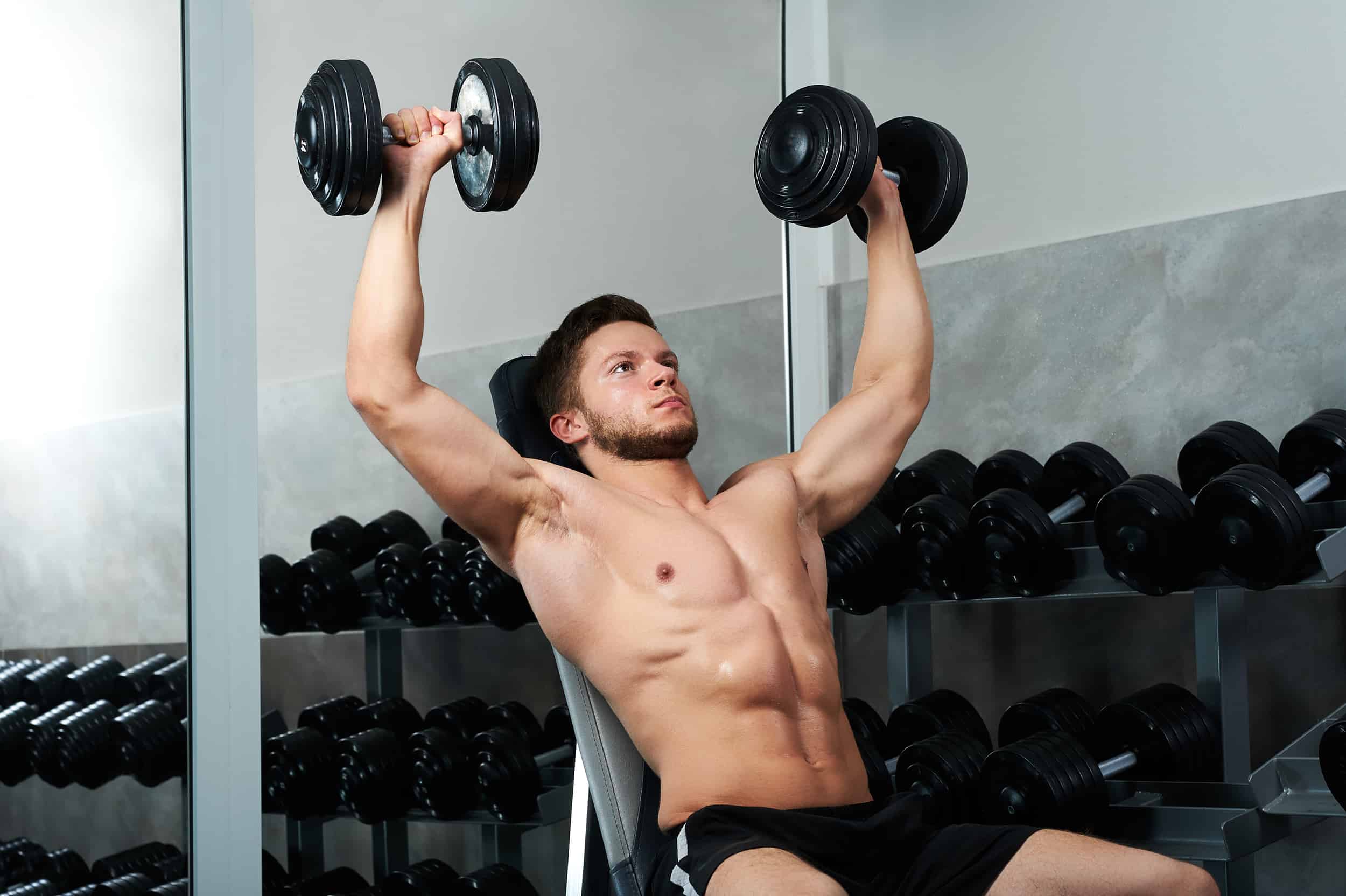
For Beginners
Modifications are necessary if you are a novice. When barbells make you feel uncomfortable, you can alternate them with dumbbells. For more wrist comfort during the exercise, you can use the EZ-curl bar.
If you prefer working with cables, try using a cable station with a bar attachment.
For Advanced Practitioners
You can add the following variations to the reverse bicep curl to make it more challenging. First, to provide a challenging angle during this exercise, you can try the prone incline reverse curl using an incline bench, EZ-curl bar, barbell or dumbbells.
Furthermore, you can perform the reverse curl by standing against a wall. This simple change-up will allow you to perform more effective lifts.
Additionally, instead of standing, use a preacher chair bicep reverse curl that will offer support and put more challenge to contract the biceps and brachialis muscles. Alter with the EZ-curl bar if your wrists feel uncomfortable and find the angle that works best for you.
Safety and Precautions
Here are some tips that will help you perform the reverse bicep curl correctly and reduce the risk of injury.
To protect the wrist joints and extensor muscles, keep your wrists straight during the execution of the exercise. Do not neglect any wrist discomfort and use an EZ-curl to reduce it. Also, start with a light weight to avoid placing unsupported stress on the biceps, forearms, and wrists.
If you experience consistent discomfort or pain, we advise you to leave the exercise to avoid any complications and seek immediate consultation from your fitness trainer.
Besides, maintain stable upper arms, back and hips as you bend at the elbows and avoid using momentum to lift the barbell.
Many people neglect their breathing in resistance training. Remember to exhale during the upward movement phase. Inhalation, then, should occur as the bar is lowered back to the starting position.
Article Sources
HealthxTips is committed to delivering content that adheres to highest standard for accuracy, sourcing and objective analysis.
HealthxTips uses only high-quality and trustworthy sources to support the facts in our articles.
1. Franchi, M. V., Reeves, N. D., & Narici, M. V. (2017). Skeletal Muscle Remodeling in Response to Eccentric vs. Concentric Loading: Morphological, Molecular, and Metabolic Adaptations. Frontiers in physiology, 8, 447. https://doi.org/10.3389/fphys.2017.00447
2. Latella, C., Goodwill, A. M., Muthalib, M., Hendy, A. M., Major, B., Nosaka, K., & Teo, W. P. (2019). Effects of eccentric versus concentric contractions of the biceps brachii on intracortical inhibition and facilitation. Scandinavian journal of medicine & science in sports, 29(3), 369–379. https://doi.org/10.1111/sms.13334
3. Oliveira, L. F., Matta, T. T., Alves, D. S., Garcia, M. A., & Vieira, T. M. (2009). Effect of the shoulder position on the biceps brachii emg in different dumbbell curls. Journal of sports science & medicine, 8(1), 24–29.
4. Marcolin, G., Panizzolo, F. A., Petrone, N., Moro, T., Grigoletto, D., Piccolo, D., & Paoli, A. (2018). Differences in electromyographic activity of biceps brachii and brachioradialis while performing three variants of curl. PeerJ, 6, e5165. https://doi.org/10.7717/peerj.5165
5. Marri, K., Maitra Ghosh, D., & Swaminathan, R. (2017). Analysis of one repetition during biceps curl exercise among age-matched adult volunteers using endurance, curl speed and surface electromyography signals. Annual International Conference of the IEEE Engineering in Medicine and Biology Society. IEEE Engineering in Medicine and Biology Society. Annual International Conference, 2017, 3465–3468. https://doi.org/10.1109/EMBC.2017.8037602


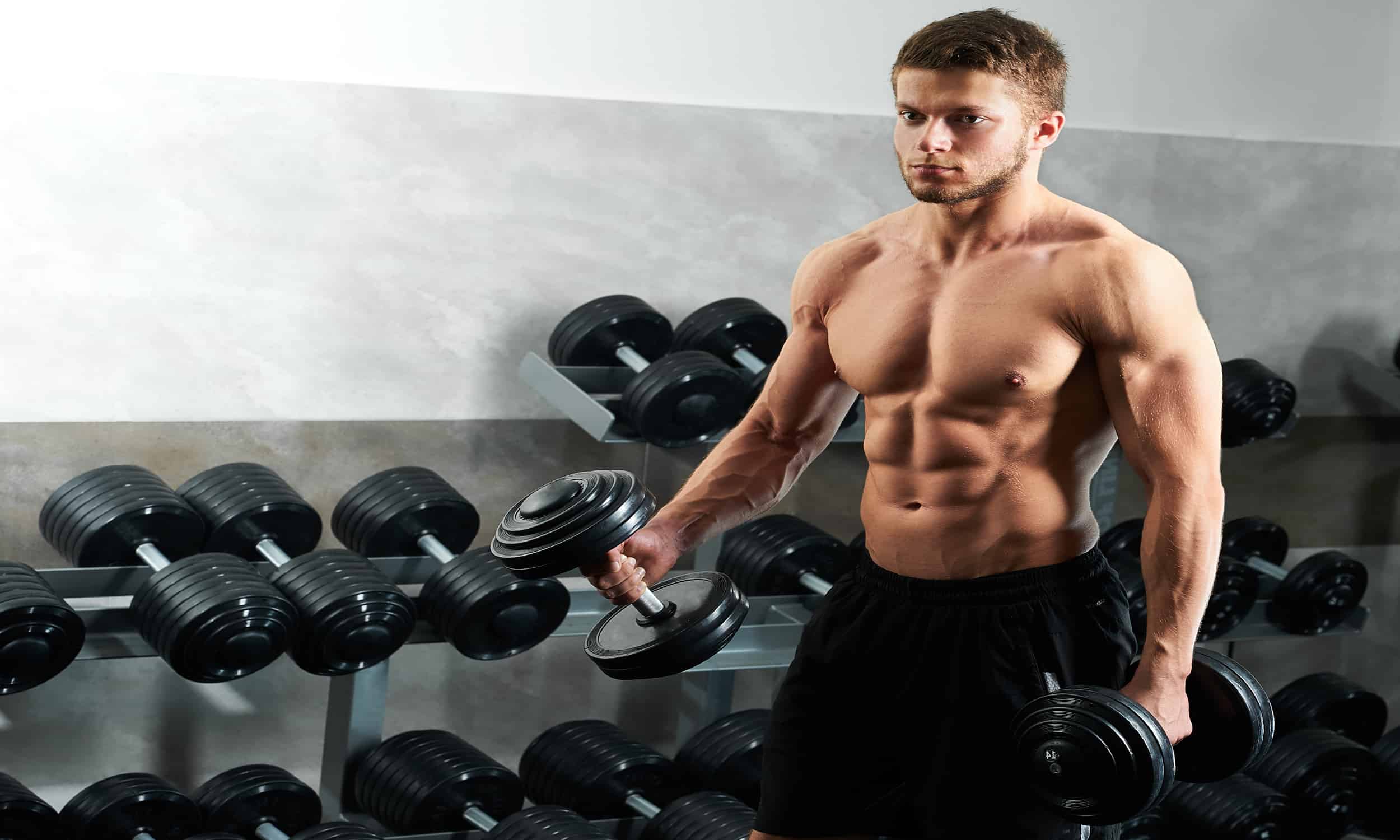


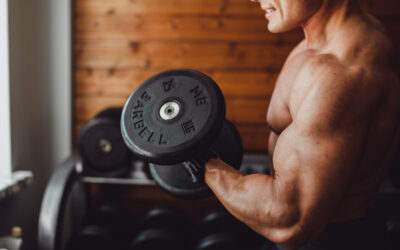
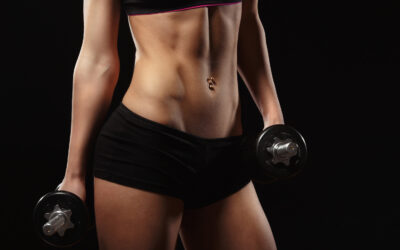
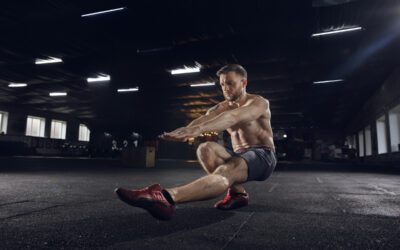
0 Comments